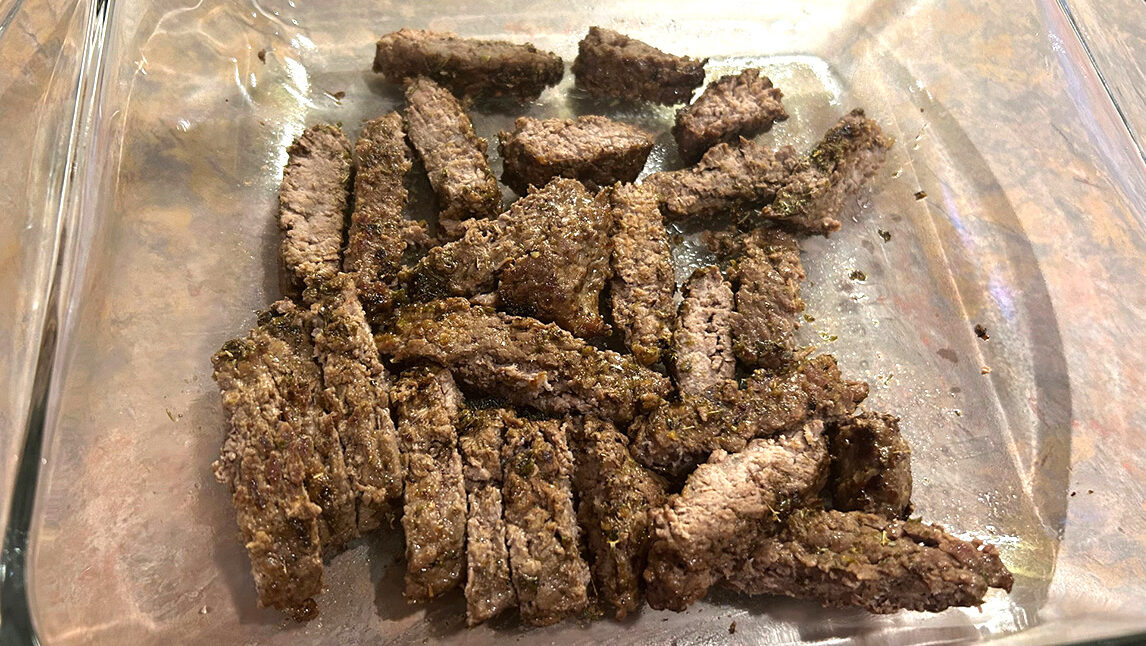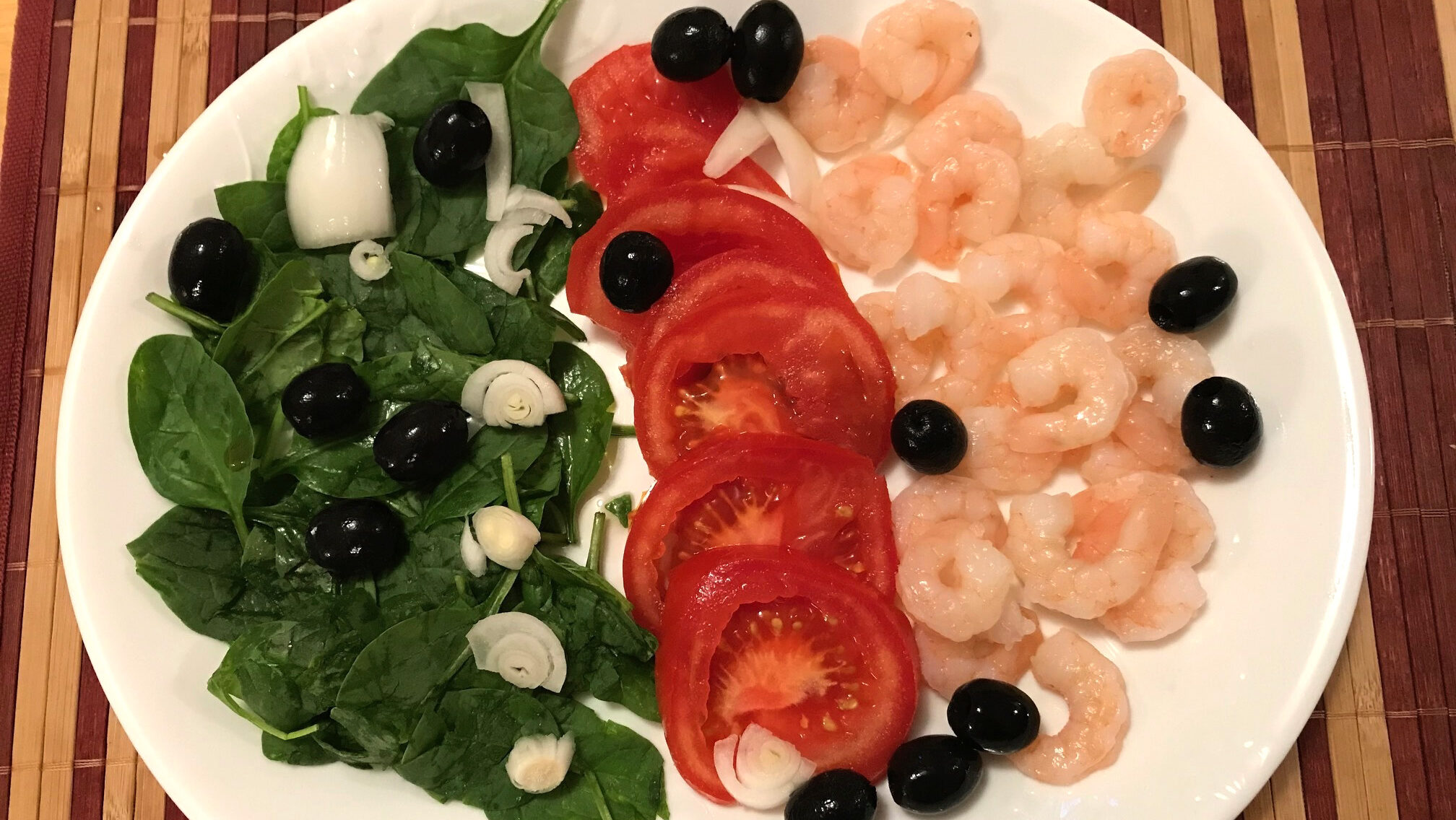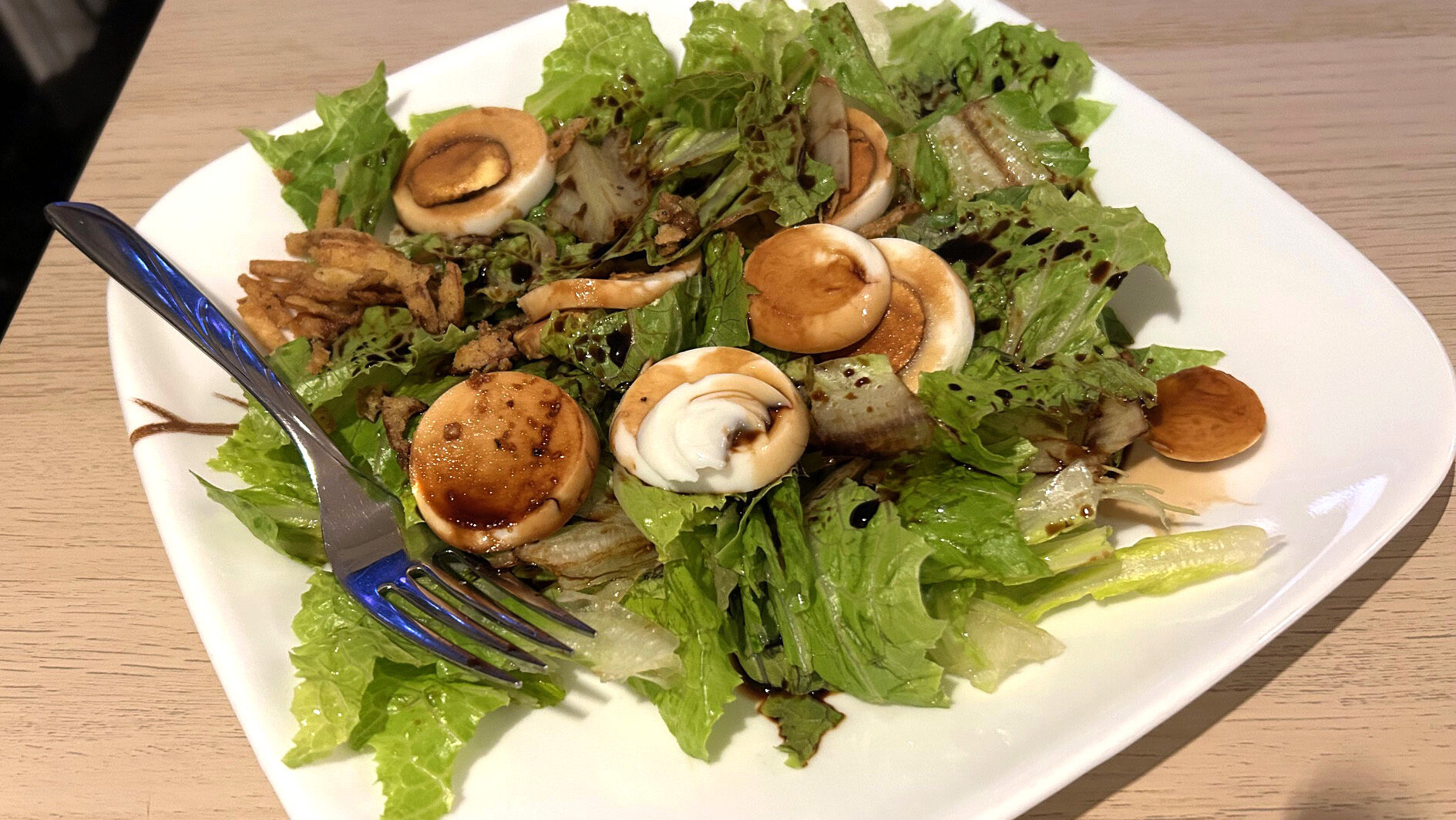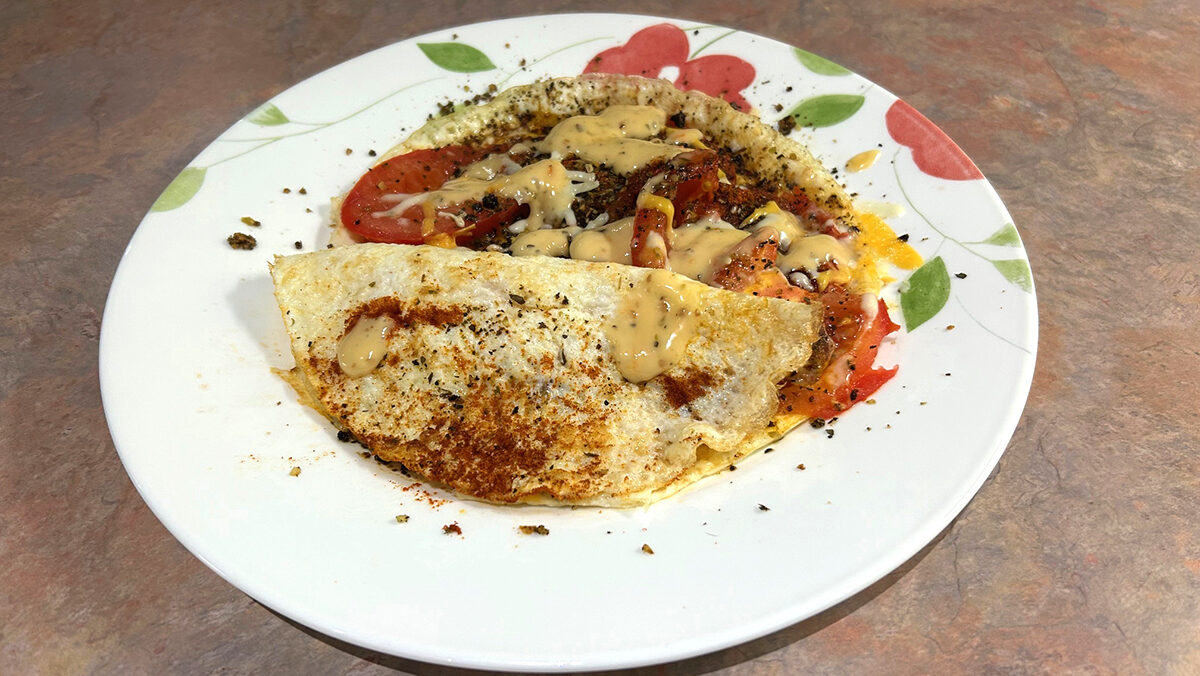For generations upon generations, Estonians have relied on their gardens, nearby forests, and preservation methods to get the most from each season’s palette of flavour texture.
In Canada, with its similar, at times radical climate—honestly, it could still snow on the blossoming trees tomorrow for all we know—this way of life also makes sense. Getting into seasonal eating isn’t just a way to be sustainable, it’s a way to reconnect with the land and bring freshness and the best tastes of our local areas to our meals.
Even if you’re not gardening or out in the woods foraging, evaluating food labels means this approach is possible while shopping at grocery stores. So, what’s in our basket?
Spring in Estonia brings relief and renewal. It’s the season of nõgesesupp (nettle soup), kasemahl (birch “juice” or sap), and the first greens poking through thawed-out ground. Ontario’s spring, too, begins slowly but rewards us with vibrant, wild offerings when we look closely.
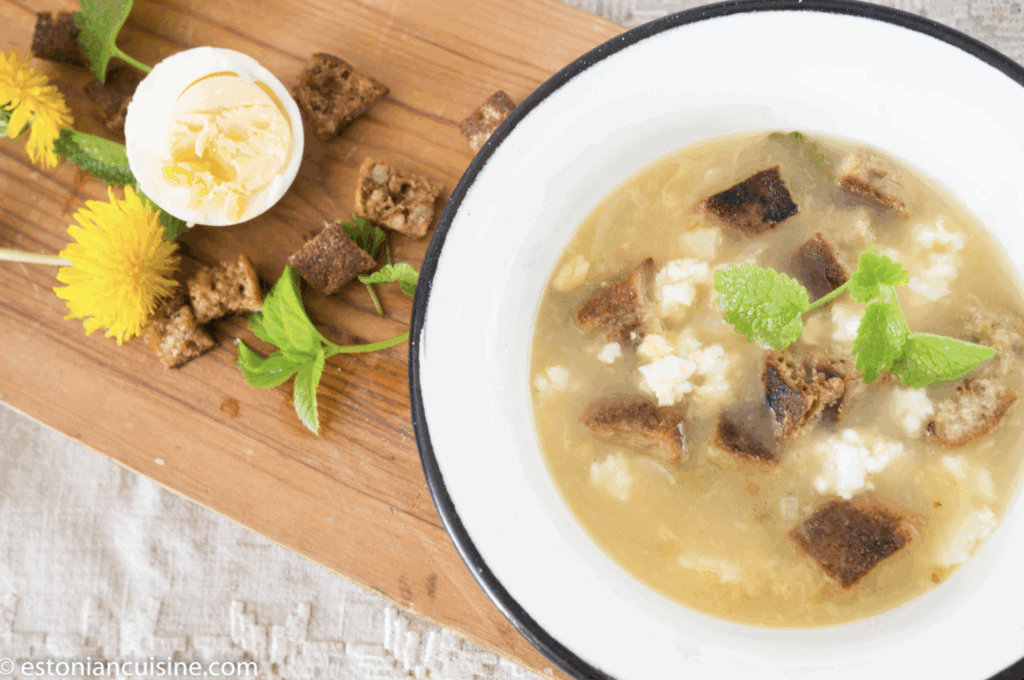
- Nettles: In Toronto, you can source nettles from places like Forbes Wild Foods or farmer’s markets. Make sure to put it (while wearing gloves) into boiling water first and then wring the water out. Then you can sautée it as if it was spinach or include it in a soup.
- Leeks: Cut these up and mix them into an egg salad. If you’d like to try fresh ramps (wild leeks) in May, they have at times been available at Lady York Foods near Dufferin and Lawrence in Toronto.
- Rhubarb: This is widely available in the spring, but take care not to eat the leaves or roots, which have toxic levels of oxalic acid. The stalks, combined with plenty of sugar, are a surefire way to make a delicious crumble for dessert. Not to mention a compote (rabarberikompott) or kissell (akin to fruit soup, as has been demonstrated on the famous Nami-Nami food blog.
At supermarkets, search for locally grown salad greens, greenhouse cucumbers, and spring onions. Use these for salads with sour cream and dill. Speaking of dill, you can also start your own kitchen herb pots.
Summer is the season of abundance in both Estonia and Ontario, when the market and produce aisles are arguably best, and when Estonian tables are at their most colourful.
Something sweet after dinner can be as simple as a bowl of berries with a bit of cream or milk and a sprinkling of sugar on top… And it’s extra enjoyable if you eat this outdoors, sitting in some soft grass.
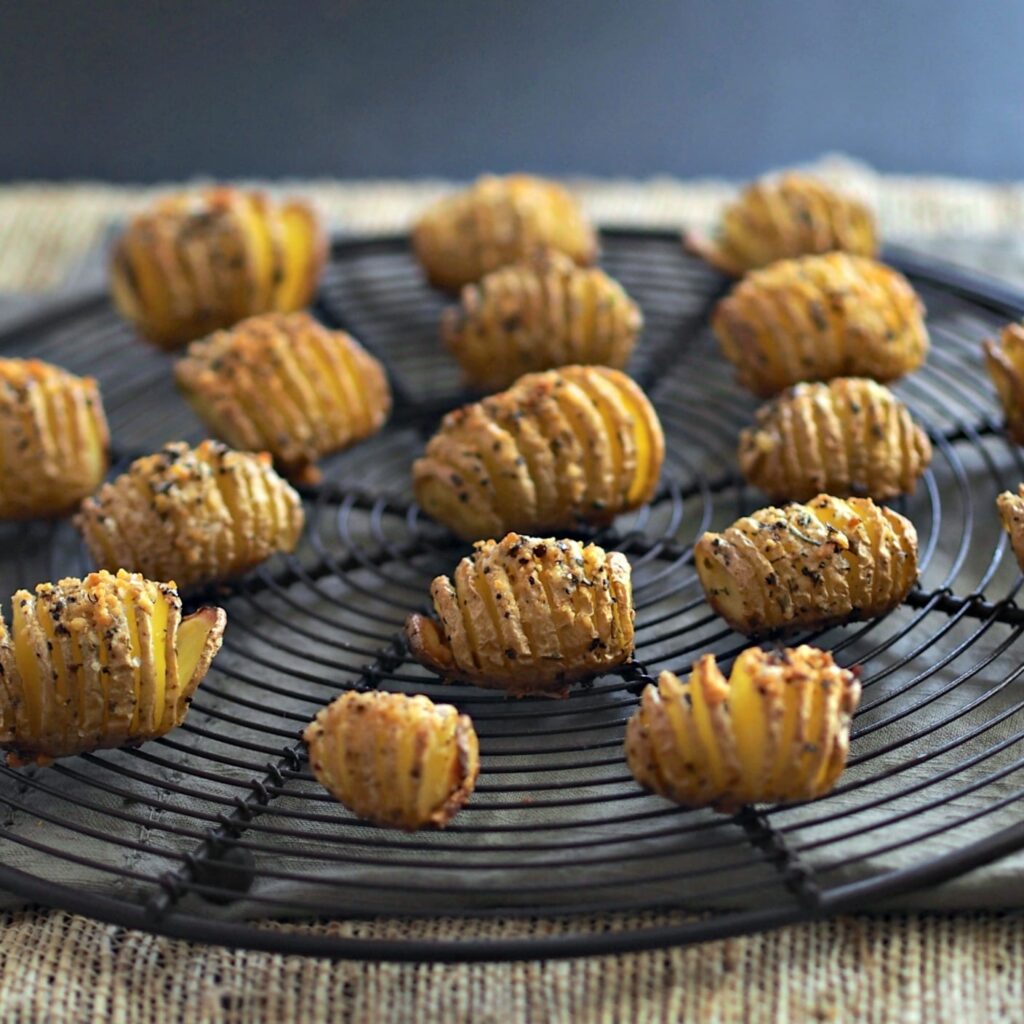
- Cucumbers: Available fresh and in bulk. Use these for making pickles at home.
- New potatoes: Serve them with butter, or to make something even fancier, prepare them like the Swedes do, as hasselbackspotatis. Place each potato on a soup spoon and thinly slice the potato many times, almost all the way down (the spoon’s edges should stop the knife). Roast these in the oven until they’re golden brown and top them with a dollop of cream cheese and chives.
- Berries and cherries: Strawberries and sour cherries make for great desserts and preserves. Something sweet after dinner can be as simple as a bowl of berries with a bit of cream or milk and a sprinkling of sugar on top. It’s like being at Wimbledon! And it’s extra enjoyable if you eat this outdoors, sitting in some soft grass.
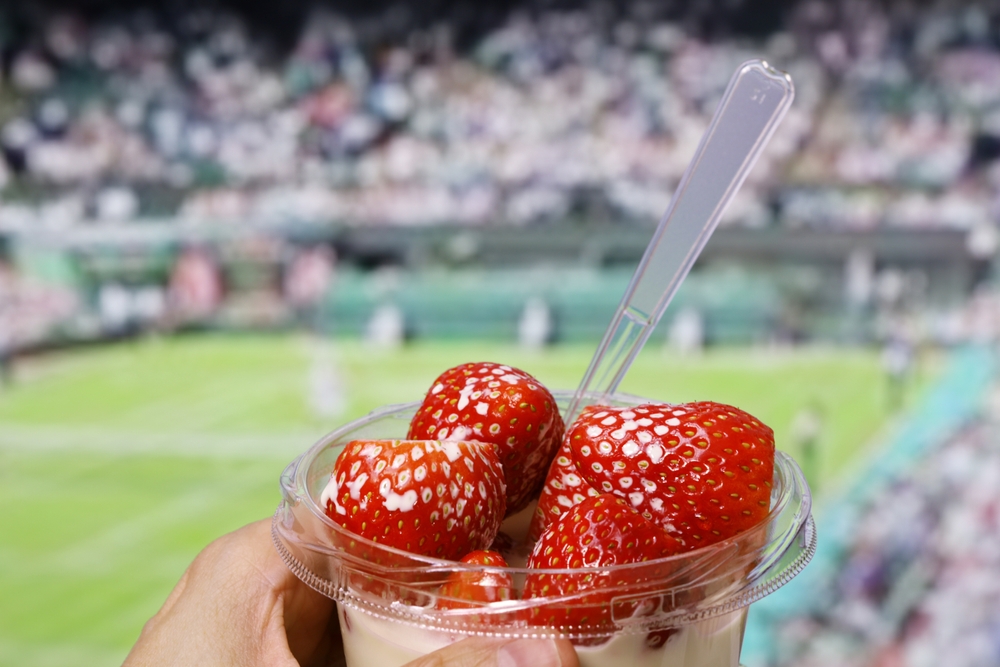
… when there’s an abundance of produce at a good price, consider buying in bulk for pickling, canning, freezing, or making jam for the rest of the year.
Choose products with labels like Product of Ontario. At grocery stores, look for the big bins of fruit in the middle, which might indicate that the produce is seasonal, relatively local, and of better value. You sometimes see this done with watermelon (peaking in July and August), corn, and green beans, the latter two of which are fantastic sides for some grilled lake or river fish.
And when there’s an abundance of produce at a good price, consider buying in bulk for pickling, canning, freezing, or making jam for the rest of the year.
Golden chanterelles and the bright reds of lingonberries mark autumn in Estonia. Ontario’s autumn is a harvest celebration—everything from apples to pumpkins come pouring in, as people prepare for the colder months.
- Apples: In issue 37 of 2024, Eesti Elu shared a very well-received õunakook (apple cake) recipe that you should try. However, you might also consider caramelizing the apples to serve alongside roasted pork.
- Beets and cabbage: With these you can make rosolje, borscht, and hapukapsas.
- Mushrooms: If you don’t forage, look for chanterelles or oyster mushrooms at Eastern European grocers.
- Root vegetables of all kids are usable in soups and stews.
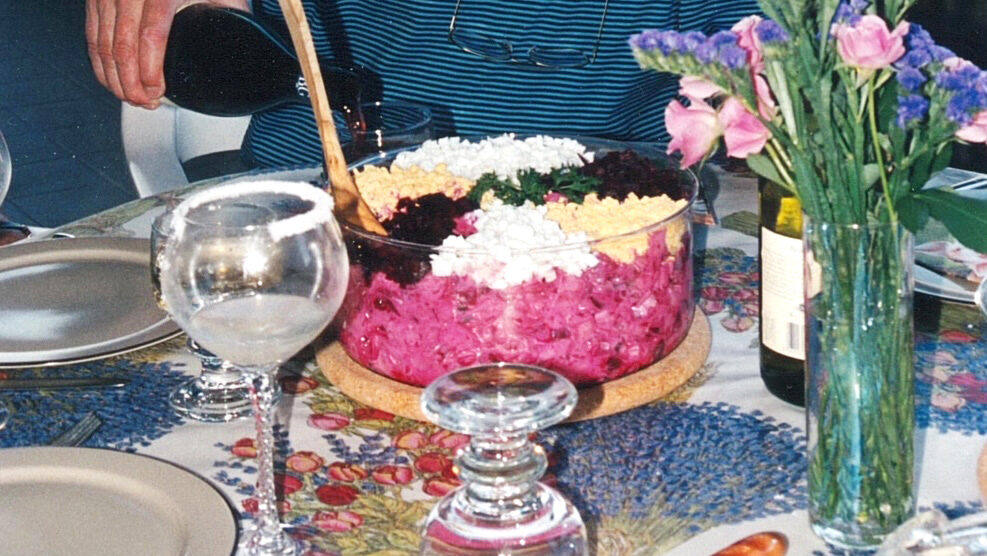
Winter is the time to enjoy everything you’ve worked for all year long. And if you cook fortifying meals, the cold months will be that much nicer.
- Pickled and fermented foods like jars of pickled beets, cucumbers, or cabbage bring memories of warmer days to your winter meals, especially if you pick up something like a spicy Korean baechu kimchi.
- Root vegetables: Carrots, potatoes, onions, and parsnips are still quite widely available in the winter.
- Buy dense rye bread or buy rye flour and make your own loaves. Specialty outlets like Dimpflmeier Bakery in Etobicoke carry loaves similar to Estonian leib. Slice these up and serve with butter, fish, and other toppings for open-faced sandwiches.
- Teas can be brewed with dried spruce tips, mint, or chamomile, either purchased in stores, foraged, or dried from your own garden.
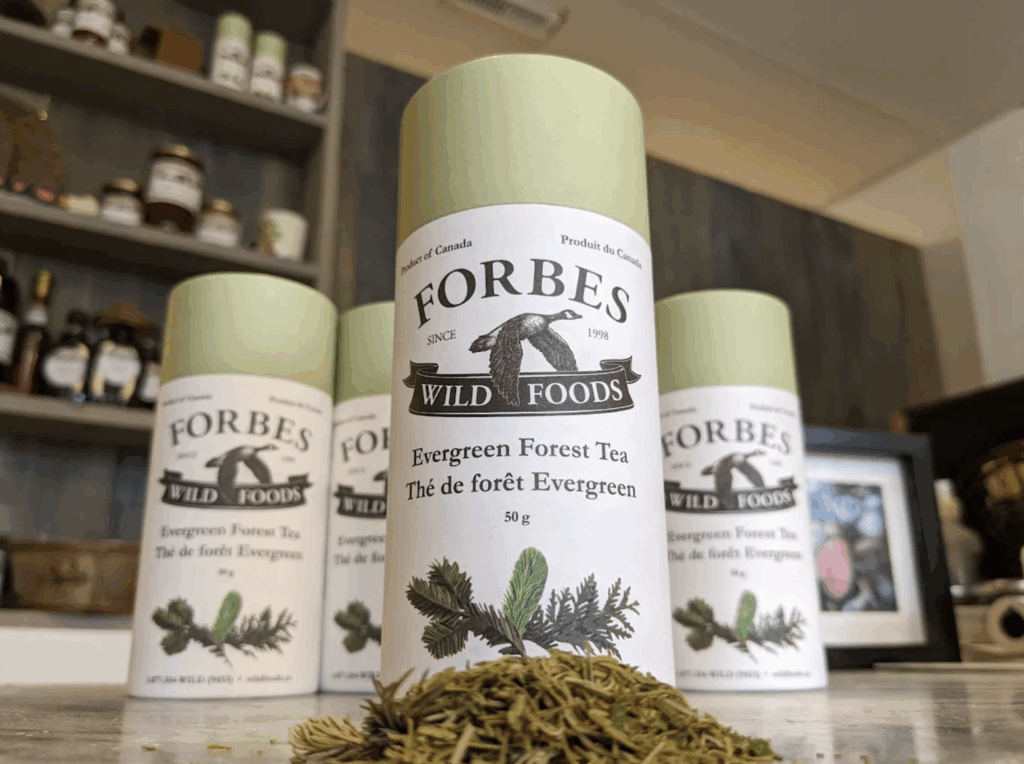
Seasonality can feel odd and antiquated when, in many ways, we’ve become used to eating whatever we wish at any time of the year. But its practice builds patience, creativity, and an appreciation for what we have when it’s most visible and available. Perhaps nature gives us what we need right when we need it.
